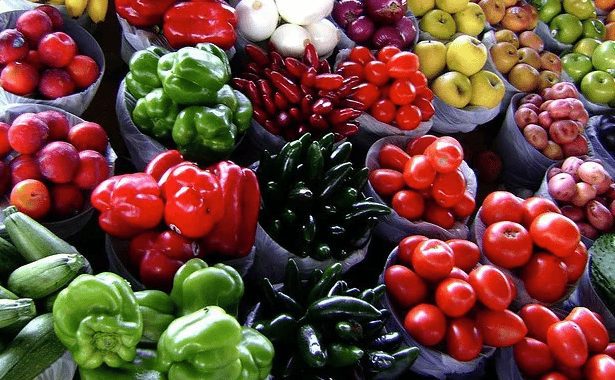Source: Bizcommunity, 3 December 2020, photo credit: Flickr CC/CalorieBee
Global food commodity prices rose sharply in November to their highest level in nearly six years, according to a benchmark United Nations report released today.
The FAO Food Price Index averaged 105.0 points during the month, up 3.9% from October and 6.5% higher than its value a year earlier. The monthly increase was the sharpest since July 2012, putting the index at its highest level since December 2014, the Food and Agriculture Organization said.
The index tracks changes in the international prices of the most globally traded food commodities. All of its sub-indices rose in November.
The vegetable oil price index gained a stunning 14.5% in the month, led by an ongoing rally in palm oil prices linked to sharp contractions in world inventory levels.
The cereal price index rose 2.5% from October and averaged 19.9% higher than in November 2019. Wheat export prices rose, linked to reduced harvest prospects in Argentina, as did maize prices on account of lower output expectations in the United States of America and Ukraine as well as large purchases by China. International rice prices held steady during the month.
The sugar price index rose 3.3% month-on-month amid growing expectations of a global production shortfall in the upcoming marketing season as unfavorable weather conditions drove weaker crop prospects in the European Union, the Russian Federation and Thailand.
The dairy price index increased 0.9% to near an 18-month high, driven largely by firmer butter and cheese prices and surging retail sales in Europe during a seasonal low period for milk production in the region.
The meat price index rose 0.9% from October, but it is still 13.7% below its value a year ago. Prices of bovine, ovine and pig meats all increased, while those of poultry meat declined.
Read more
The South African Pork Producers’ Organisation (SAPPO) coordinates industry interventions and collaboratively manages risks in the value chain to enable the sustainability and profitability of pork producers in South Africa.








